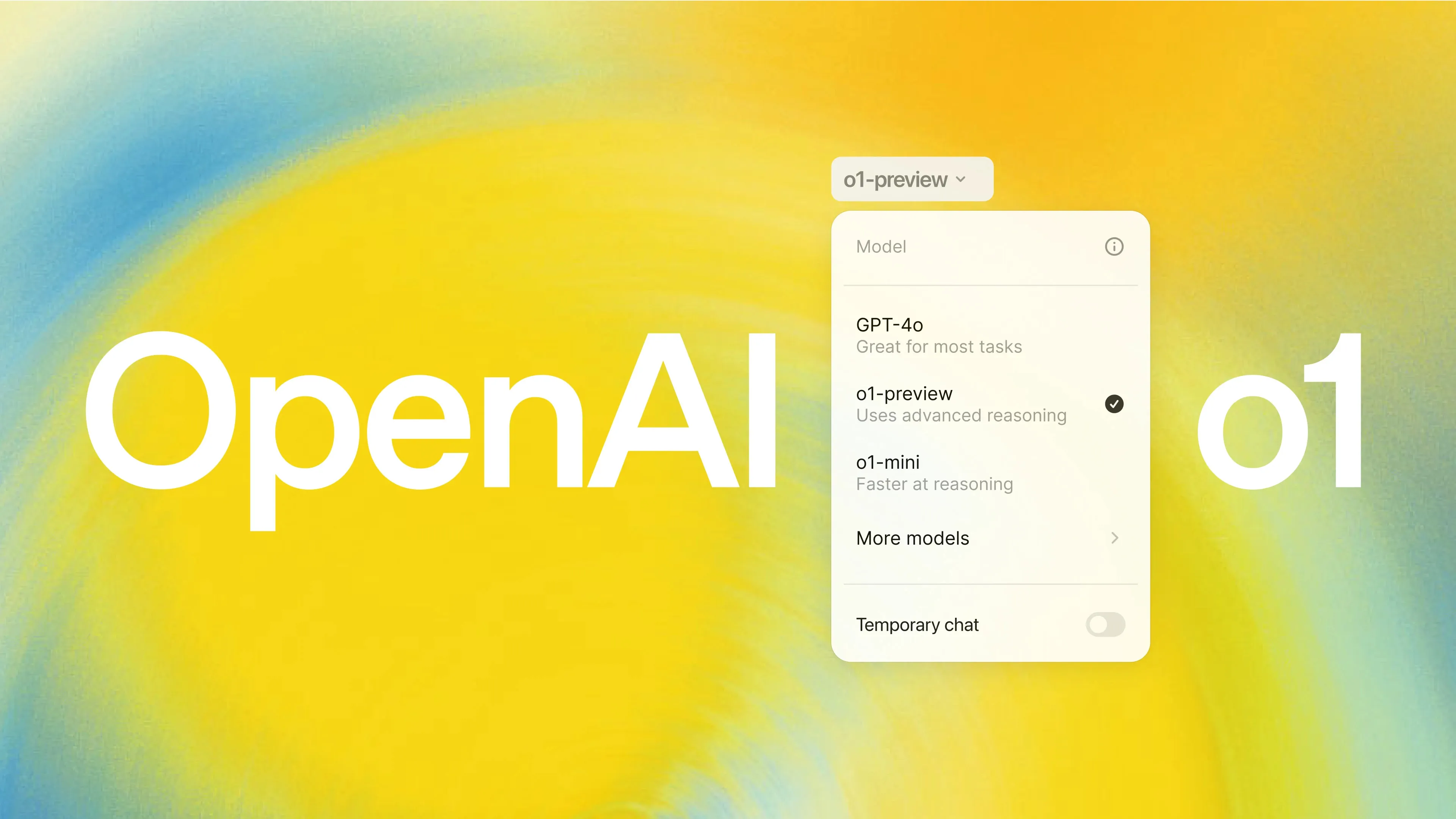In late 2025, Netflix declared that it is going “all in” on generative artificial intelligence. During its quarterly earnings, the streaming giant announced that while it will not rely solely on AI to create content, it views the technology as a powerful tool to boost creativity, cut costs, and amplify storytelling workflows. This bold stance comes amid a broader industry debate—while some studios remain cautious or outright hostile to generative AI, Netflix is moving quickly to embed it in its operations.
In this article, we explore Netflix’s AI strategy in detail, analyse how the entertainment sector is responding, highlight specific use-cases already underway, and consider the implications for creators, the business model, and audiences.
Netflix’s Generative AI Strategy
From Helper to Front-Line Tool
Netflix emphasizes that AI will serve as a “creative partner,” not a replacement for human talent. According to leadership comments from the latest earnings call, the company sees tools that assist storyboard planning, visual effects, de-aging footage, and enhancing pre-production—while reserving storytelling and performance to human creators. This signals a pragmatic yet expansive approach.
Sample Deployments
The company noted particular deployments of generative AI including:
-
An original series where AI helped construct a complex visual FX sequence that would have been extremely expensive and time-consuming via traditional methods.
-
A feature film using AI to de-age characters in its opening sequence, allowing the creative team to allocate budget elsewhere.
-
Pre-production work where AI was used to offer concept visuals for wardrobe, set design, or scene layouts—essentially giving directors and designers a rapid “draft” to iterate from.
These examples suggest Netflix is using AI to accelerate workflows, reduce cost, and enable more ambitious production, rather than relying on AI to generate entire shows or films autonomously.

Messaging to Talent and Investors
In public remarks, Netflix’s executives stressed that: “It takes a great artist to make something great. AI gives tools, but doesn’t guarantee storytelling.” This messaging aims to reassure creative talent that the company still values humans first—while ensuring shareholders know Netflix is willing to invest in next-gen tooling to stay competitive.
The Industry Divide: Why Hollywood Is Cautious
Artists Concerned About Job Displacement
Many creators, actors and writers remain deeply skeptical of generative AI. Their concerns include:
-
The possibility of AI models being trained on copyrighted work without proper compensation to original creators.
-
The risk of digital doubles or synthetic actors being used in place of human talent.
-
Loss of nuance and originality if studios lean too heavily on algorithmic content.
Some industry voices have even declared they believe generative AI has “no place in entertainment” unless strictly regulated—highlighting the tension between innovation and job security.
Studios Balancing Innovation with Reputation
While some production companies are cautiously piloting tools, many are holding back—fearful of backlash, union action, or alienating talent. Concerns include potential brand damage if audiences feel content is machine-made, or legal/regulatory risk if AI-generated content infringes creators’ rights.
Netflix as a Bellwether
Netflix’s assertive adoption is noteworthy because it sets a potential benchmark. If Netflix demonstrates that generative AI can enhance quality and reduce cost without eroding creator trust, other studios may follow. Conversely, if mistakes occur or creative talent pushes back, Netflix’s approach could serve as a cautionary tale.
Business & Creative Implications
Cost Efficiency and Production Scale
For a company spending billions annually on content, any reduction in time and cost is meaningful. Generative AI allows Netflix to:
-
Construct visual effects faster and cheaper
-
Prototype ideas quickly in pre-production
-
Free budget for other areas (casting, locations, marketing)
This efficiency may enable more ambitious projects, niche content, and iterative experimentation.

Storytelling & Workflow Innovation
AI can support creators by generating concept art, variations in lighting or set design, or aiding editors with alternative scene cuts. This can liberate time for human creators to focus on emotional arcs, character development and unique voice—areas where machines struggle.
Talent Dynamics & Contract Structures
As production methods evolve, contracts and compensation models may shift. Talent may demand new protections guaranteeing human creative involvement, proper credit, data-usage transparency, and fair compensation if their work is used to train AI models.
Audience Perception & Quality Assurance
Audiences may struggle to differentiate AI-assisted content from human-crafted. The key risk: if streaming services flood the market with low-cost, high-volume AI content, viewers could react negatively. Maintaining brand trust will require careful curation and high production values.
Challenges & Risks
Creative Authenticity
AI may generate visuals or edits, but storytelling deep in character nuance, pacing, comedic timing, and emotional resonance remain human domains. Over-reliance on automation risks flattening the creative voice.
Copyright and Legal Risk
Generative AI that uses unlicensed training data or replicates performer likenesses without consent exposes studios to lawsuits. The regulation in this space is evolving, and risk remains high.
Labor & Union Pushback
If AI encroaches on roles like editors, visual effects artists or motion-capture actors, labor disputes may intensify. Unions may demand guarantees around human oversight and job protections.
Brand Reputation
A perceived drop in quality or originality—if viewers feel content is “too AI-generated”—could harm subscriber trust. Netflix must balance efficiency gains with maintaining distinctive, high-quality output.
What to Watch in 2026 and Beyond
-
Further Studio Adoption: Will other major companies publicly adopt AI and how will they structure it?
-
Skill Shift for Creators: Screenwriters, directors and visual artists may increasingly work alongside AI tools, requiring new collaboration skills.
-
Regulatory Impact: Laws on AI training data, performer rights and synthetic likenesses will shape how studios deploy generative AI.
-
Audience Reaction: How viewers respond to AI-assisted content will influence how boldly studios push forward.
-
Content Volume vs. Curated Quality: Success may hinge not just on using AI, but doing so in ways that maintain or elevate quality—not just enabling higher output.
Netflix’s pivot into generative AI represents a significant moment for the entertainment industry. It signals that a major streaming platform is ready to embrace these tools—not to replace creators, but to empower them. Yet, this strategy plays out against a backdrop of skepticism, legal uncertainty and creative risk.
The coming years will test whether generative AI fulfills its promise—helping tell richer stories at greater scale—or whether it becomes a source of creative dilution and labor tension. Netflix appears prepared to lead that experiment. Whether it succeeds may define how the industry, creators and audiences view the role of AI in entertainment.


-1707967007.jpg)


